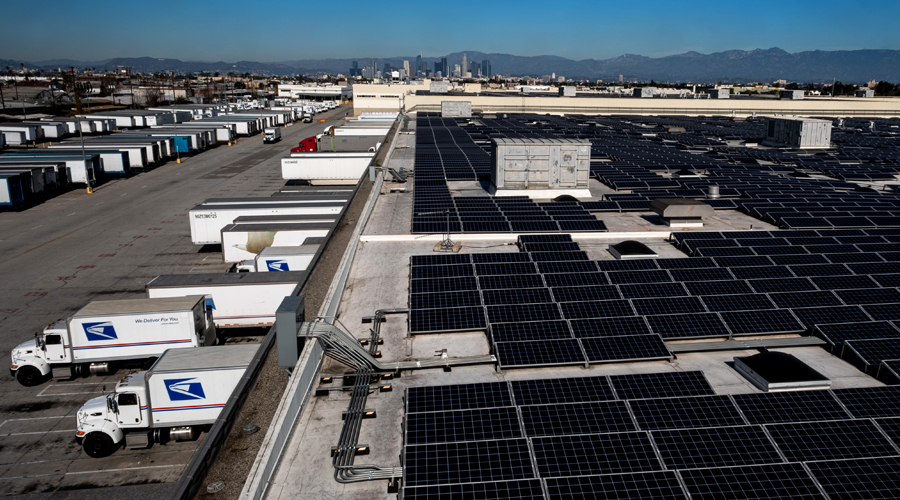The Postal Service has reduced greenhouse gas emissions from facilities, vehicles and utilities by 22.4 percent since 2008 — the equivalent of removing more than 250,000 cars from the road in a single year, new data shows.
The information is included in the latest USPS Annual Sustainability Report, which was published last week.
The report details recent progress in other areas, including recycling and water usage, and attributes the organization’s success to creating a culture of conservation throughout its network.
“Continual improvement in sustainability performance is important to the long-term health and competitiveness of the Postal Service, while protecting the environment of the communities that we are dedicated to serving. We remain committed to being a sustainability leader by building on our culture of conservation,” said Chief Operating Officer Dave Williams.
Other highlights from the report, which is available on the Sustainability Blue page:
• Through the USPS online training system, approximately 5,000 employees completed environmental compliance training on topics such as hazardous and universal waste management, stormwater permitting, spill planning and underground storage tank operations.
• The Postal Service has reduced the amount of water it uses per square feet by 53.2 percent compared with the organization’s 2007 baseline.
• USPS employees recycled 297,000 tons of material -— primarily paper, cardboard and plastic — from Post Offices. This action helped the organization divert 58.2 percent of waste from landfills while reducing trash removal costs and increasing opportunities for recycling revenue.
• The Postal Service purchased $449 million worth of environmentally preferable cleaning supplies, paper and other products through the eBuy2 ordering system.
Anne Wolf, a Western Area facilities repair and alterations environmental specialist and a 2019 Postmaster General Sustainability Excellence Award recipient, said sustainability is vital to the organization’s enduring role in the communities it serves.
“Long-term, cost-effective, environmentally conscious maintenance of our sites and operation of our facilities is key to our sustainability success story,” she said.



